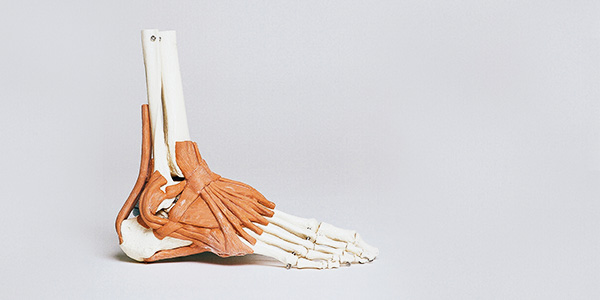
UX newsletter — September 2019

Email not displaying correctly? View it in your browser.
Message from the Editor
Over the Summer, I've been working on a new online training course on design research. The idea behind the course is to help researchers plan, execute and analyse field studies.
During the development of the course, I read about dozens of different methods and tools from academic programs like ethnography and anthropology. I then spent time examining how to adapt them to work for UX researchers.
Because I want the course to be highly practical, I included a description of "What's in my bag?" on a field visit. I thought newsletter readers would be interested in this too, so I wrote about it in this month's article. I hope you find it useful.
— David Travis

When carried out in a lab, user experience research is gear heavy. You need technology to record audio, video and the screen of the device under test. In contrast, when carried out in the field, user experience research is more lightweight. Even so, there are a few non-obvious items of kit that I find essential on a field visit. Read the article in full: The minimalist field researcher: What's in my bag?.

We've always treated the informed consent process seriously and we have always gained explicit consent from people that take part in our field visits and usability tests. Although I think we do a good job of gaining consent, the advent of GDPR gave us an opportunity to review what we do. We were interested if there was a way we could improve our practice. Read the article in full: Anatomy of a user research consent form.
What we’re reading

Some interesting UX-related articles that got my attention over the last month:
Like these? Want more? View more posts on Twitter, Facebook and Instagram.
The UX Tea Break

Some videos I published on YouTube last month:
Like these? Want more? Subscribe to my YouTube channel.
Upcoming UX training courses
In this fun and hands-on training course, you'll practice all the key areas of UX — from interviewing your users through to prototyping and usability testing your designs — while you prepare for and take the BCS Foundation Certificate exam. View the full syllabus: Foundation Certificate in User Experience.
UX quotation of the month
"Quantitative research reduces complexity, qualitative research articulates it." — Emmet Ó Briain.
Did I mention I've published a book?
It's titled Think Like a UX Researcher. Grab your copy here.
Hungry for more?
Read previous newsletters.
Want to receive your own copy of this newsletter?
Join our community of people interested in user experience. Sent monthly. No spam.
|